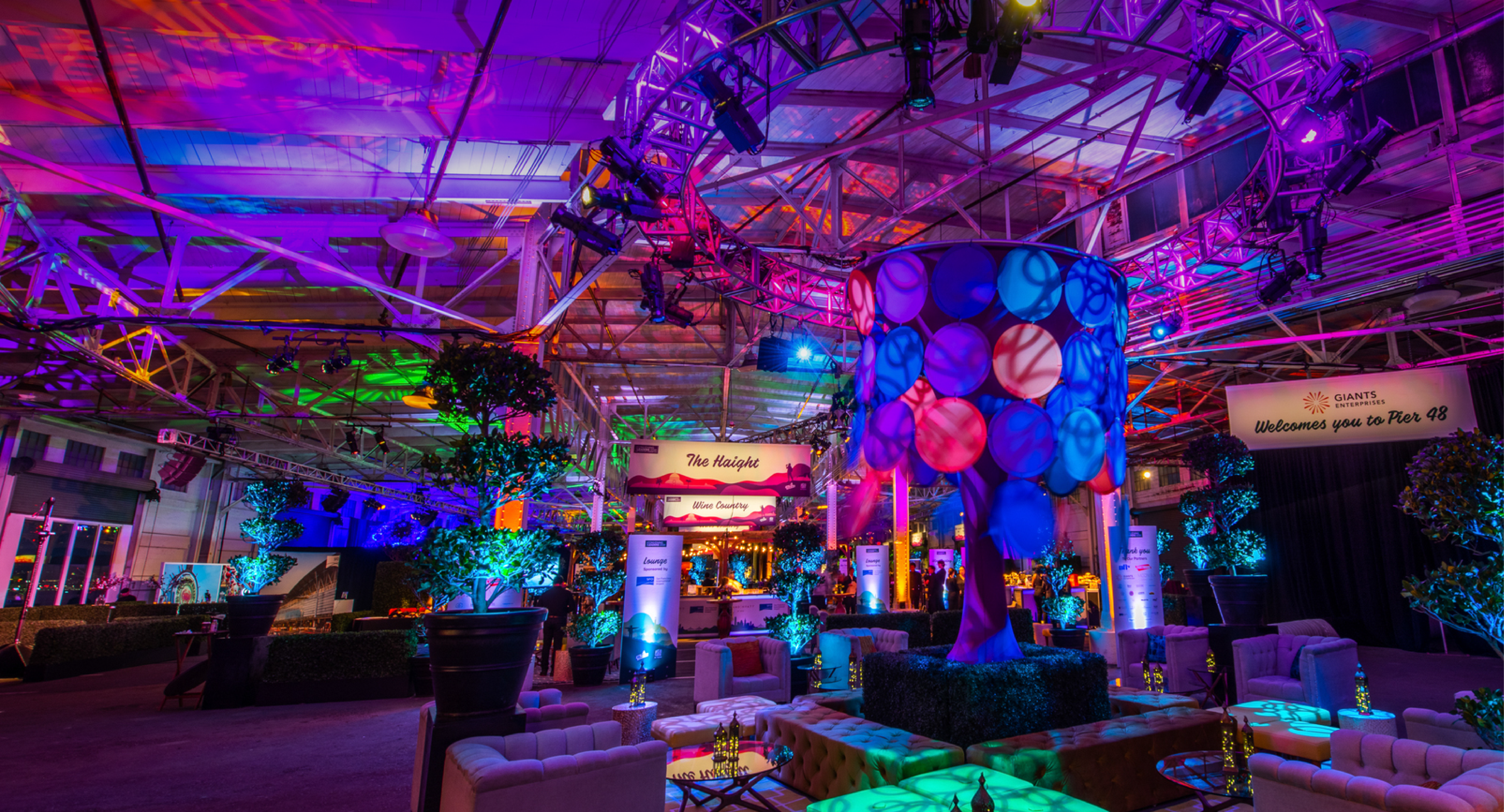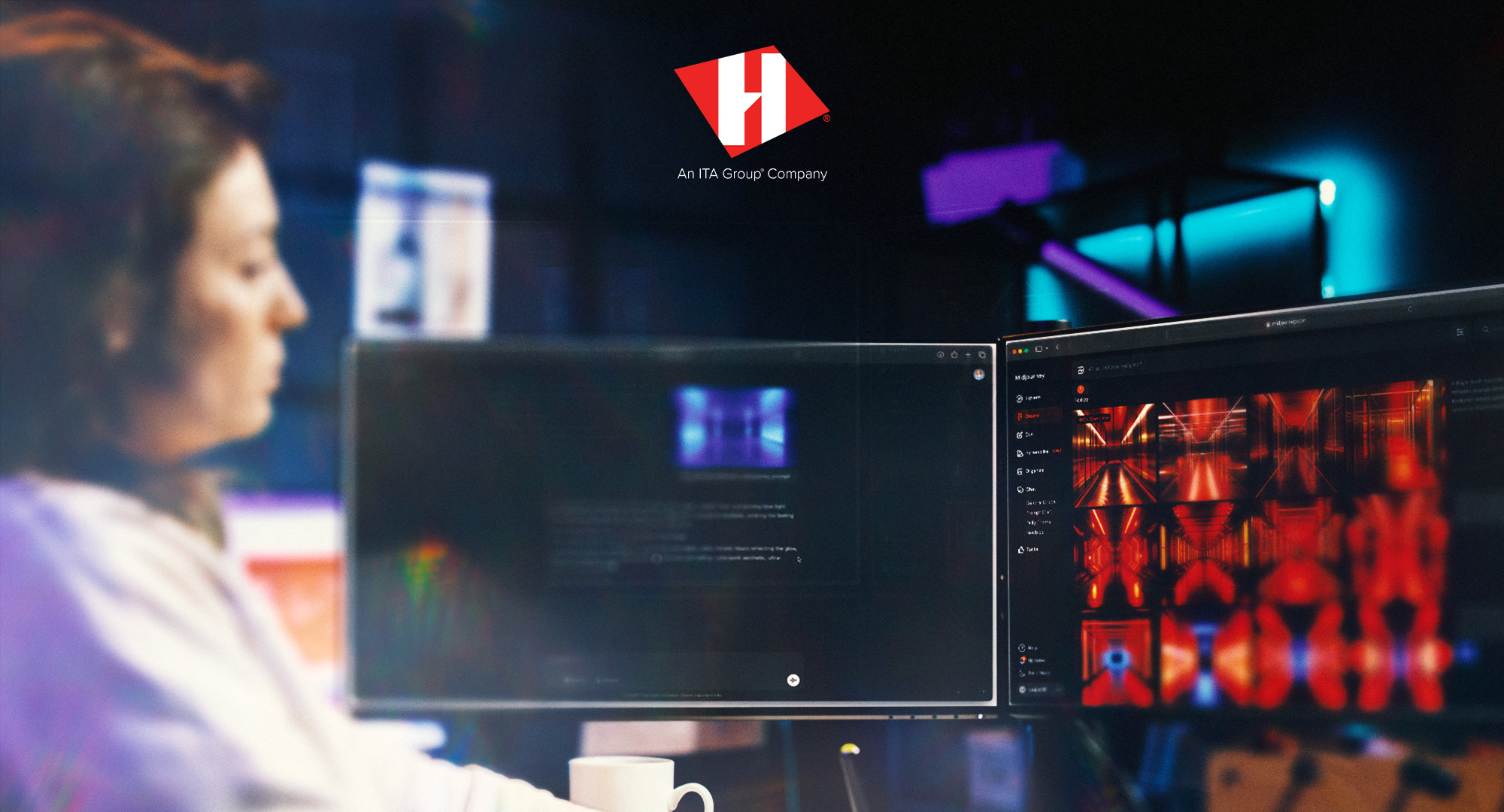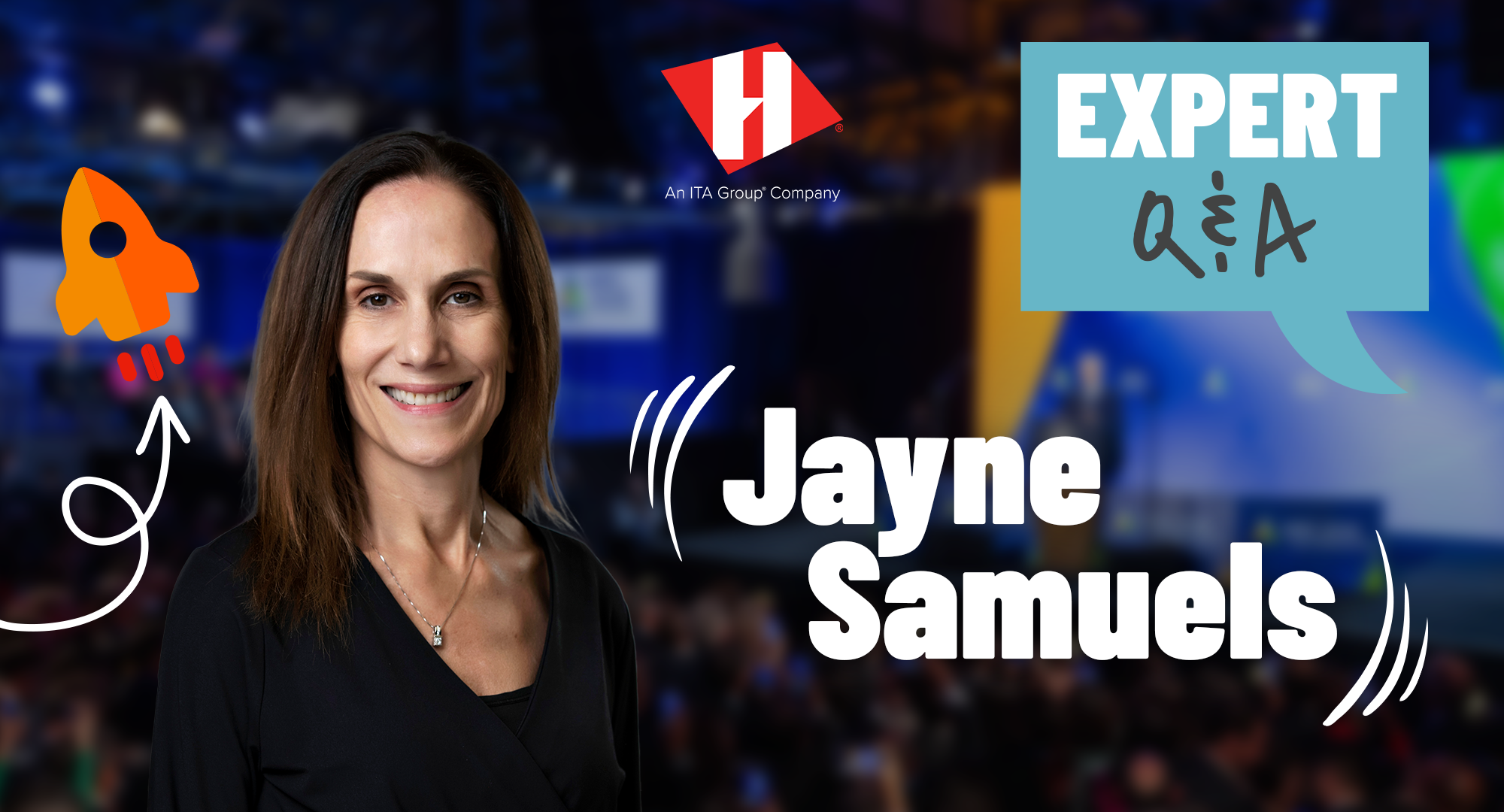“Story First” Event Design (Part 3): Plotting Activations
Monday October 14, 2024
6 Min Read
What you need to know
- Event activations should be intentional, cohesive, and feel both valuable and memorable to attendees.
- Create an environment wherein every attendee can embark on a personalized adventure.
- Use multimedia tools to extend the life and purpose of the event.
Taking a “Story First” approach to event activations boosts engagement and makes a lasting impact. Inviting attendees into the center of the action takes them from being passive observers to active participants.
Part one of our series on “Story First” event planning introduces why and how to establish a cohesive narrative. Event strategy uncovers what you want attendees to think, see, feel and do—then captures that information in a creative brief. Part two covers how a well-designed event setting supports an attendee’s journey and reinforces the main message you want them to remember. Now we’ll cover how to advance the plot for participants by integrating meaningful activations and multimedia components.
Putting “Story First” avoids flat activations
Event planners agree that activations are a powerful tool for brands to reach valuable audiences. Here’s where the plot thickens. Events that fail to embrace a “Story First” approach typically result in one of three common complaints. The event activations:
- Didn’t give enough interactive, hands-on opportunities
- Were stagnant and underwhelming
- Didn’t pique attendees’ interest enough for them to stay for the full event
To avoid event flops, we run every event activation we design through these questions.
- Does it feel actionable, purposeful and exceptional?
- How does this experience fit into a larger campaign/relationship?
- How will attendees remember the experience?
- How will attendees apply what they’ve learned?
If an activation isn’t purposeful (designed to advance a larger goal), edit it out of the event narrative. If it feels out of sync with the atmosphere or story you’re weaving, remove it. If it isn’t exceptional enough to be talked about beyond the event, consider ways to amplify the experience or infuse it with remarkable details. And if it doesn’t empower attendees to achieve their personal/professional goals, tweak the activation design until it does.
Mapping event activations to the attendee experience
Taking a “Story First” approach to plotting the attendee journey starts with the end in mind. Depending on the event goal, our map can look like an arc, a crescendo or direct throughline. Annual sales rallies tend to ramp up to an award ceremony and require sustained engagement beyond that moment of recognition, while anniversary events require a very clear throughline connecting the brand’s history, employee base, milestone products and vision of the future.
Our collaborations aim to create an environment where every attendee embarks on a personalized adventure, encountering moments of meaningful connection at every turn. Each event touchpoint is designed to be a landmark, offering opportunities for genuine interaction, inspiration and celebration.
- Scavenger hunts, escape rooms, hackathons and other problem-solving activities encourage collaboration.
- Thoughtful communal spaces like a vinyl listening lounge, relaxation station and glow-in-the-dark room appeal to the senses.
- Live paintings and interactive murals promote creativity and build off attendees’ energy.
- LED bracelets, digital word clouds and dynamic tech visually connect participant experiences.
- Campfire circles draw people closer, sparking small exchanges and big camaraderie.
- Roaming illusionists and dramatic reveals of entertainment headliners and keynote speakers wow attendees en masse.
We’ve found that the most successful activations are authentically connected to the company’s culture. Delivery formats and timing will vary drastically but each should lead attendees to deepen their understanding of the event message.
“Story First” approach in action: Tying event activations to setting
Hike San Francisco without encountering a single hill? Sounds impossible. When we partnered with San Francisco Travel Association to host an “Urban Hike” welcome expo, we transformed two warehouses into a city showcase. Each iconic “neighborhood” was represented with hosted activities. Numerology readings in Chinatown. A temporary tattoo station in The Mission. Champagne and oyster tasting along the Waterfront.
Thanks to a “Story First” approach, members of the Professional Convention Management Association brought their main character energy in a quest to explore everything the Bay Area had to offer. Instead of winding through brand-centric booths, participants were immersed in the sights and sounds of The Bay, anchoring San Francisco’s potential as a premiere place to host their events.
The best part of this award-winning experience? Each activation was a sponsorship opportunity outlined in a prospectus that cast the vision for the epic event.
Key tip: Aim for a range of engaging activities to support the big picture. Include specialized areas such as press and media lounges, DEIB receptions, DJs, interactive games and giveaways to keep attendees on site. And don’t be afraid to break from the script. We’ve used surprise endings, where associates experience life-changing promotions and monetary awards to reinforce the brand’s culture.
Incorporating media to enhance the event experience
Well-crafted multimedia elements can augment activations and extend the life of the event. Using video effectively can enhance engagement and convey information more dynamically. And great event media creates an afterglow attendees feel compelled to share.
- Pre-event communications: Create teaser videos to build anticipation for the conference. Share these videos on social media through email campaigns and on the conference website. Think: evening event entertainment promos, hype videos, theme reveals. Get ready.
- Opening video: Launch the conference with a compelling opening video that sets the tone, introduces key themes and highlights what attendees can expect. Capture their attention from the first scene.
- Virtual attendee engagement: Incorporate interactive video elements such as live streaming, Q&A sessions, and polls to engage remote participants. Ensure that the virtual experience is as immersive as possible.
- Event highlights sizzle reel: Produce a highlights recap video showcasing key moments, insights and highlights from the conference. This video can be shared on social media, used in post-conference communications and serve as a valuable promotional tool for future events.
Look for an event partner with expertise in filming, shot framing, editing and music curation. Consider how each component delivers the message:
- Does it feel meaningful, vivid, memorable?
- How does it deepen the experience?
- Will it fortify the recipient’s relationship with the brand?
Telling cinematic, visceral stories is creative strategy. By prioritizing “Story First,” you set the foundation for an event that captivates, engages and inspires. It’s about clear focus. Defining message, setting, action and media culminates in an experience that demonstrates the power of a well-crafted story.
Reinvent how you reach your audience with ideas from our case studies or connect with our team on how we can help.
Read more stories
View AllAll Posts
4 Ways Environmental Designers Support Creative Event Production
Event design draws us out of our everyday environments. Dynamic displays, scenic builds and dramatic stages capture the audience’s attention. Customized spaces come together thanks to the behind-the-scenes talents of environmental designers. These solution-oriented event production experts believe great event design shouldn’t just look incredible. Thoughtful design elements open minds and promote interaction. Here are...
4 Min Read
All Posts
Elevating Event Production with AI Tools
As artificial intelligence (AI) emerges as a redefining force in creative event production, curiosity is key. Experimenting with prompts helps Hartmann Studios’ production designer, Greg Sullivan, leverage industry-disrupting tools to inspire and streamline his work. He’s defined his dynamic career around constantly learning to meet the next wave of technological advancements. In the mid-1990s, when...
5 Min Read
All Posts
Engaging Main Stage Production with Jayne Samuels
What you need to know Jayne Samuels’ background as a performer informs her approach to event production. A former dancer, she embraces the complex choreography of staging corporate events as a fun, fast-paced challenge. As an executive keynote producer, Jayne leads dozens of team members toward achieving event visions that entertain and inspire audiences. She...
5 Min Read



